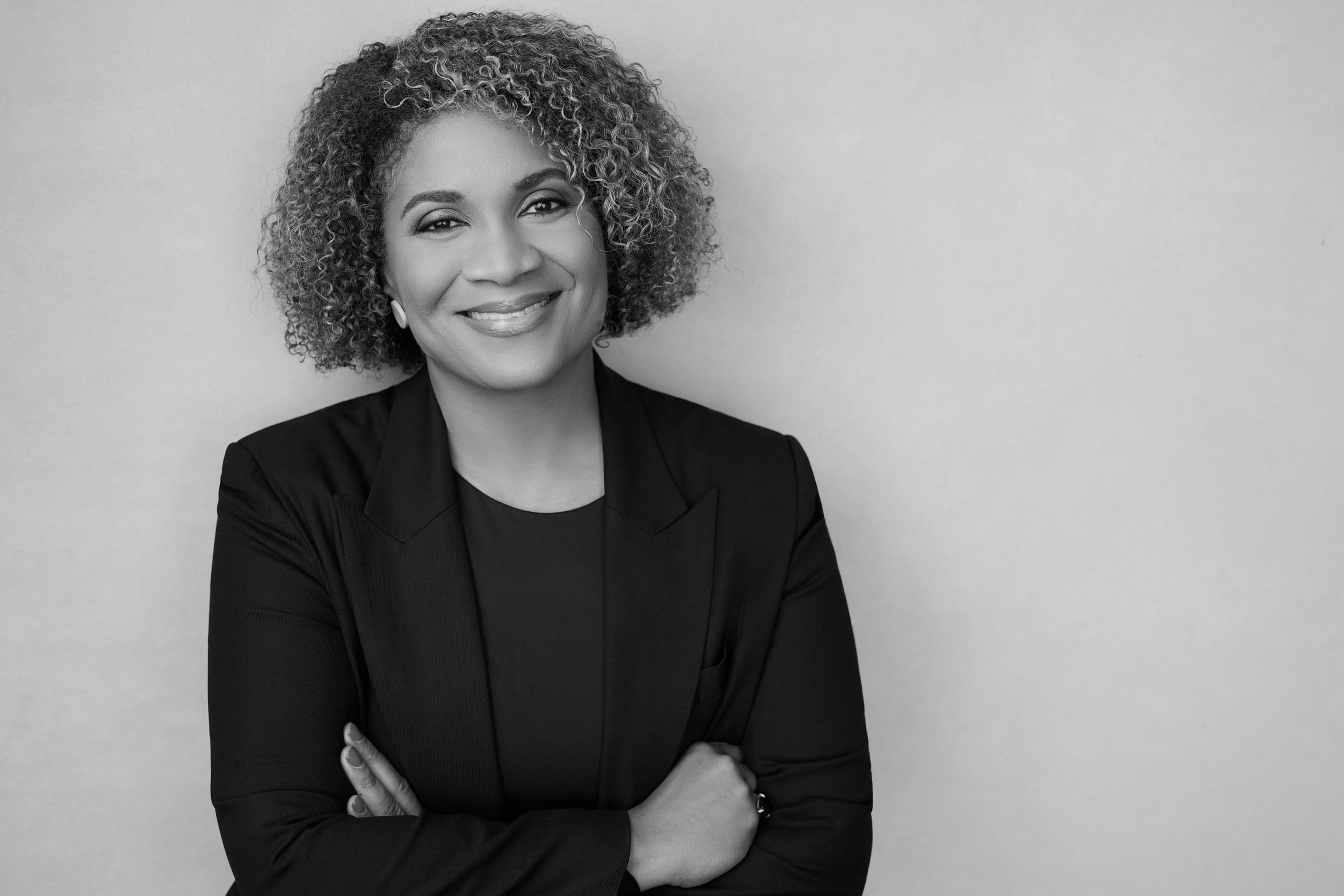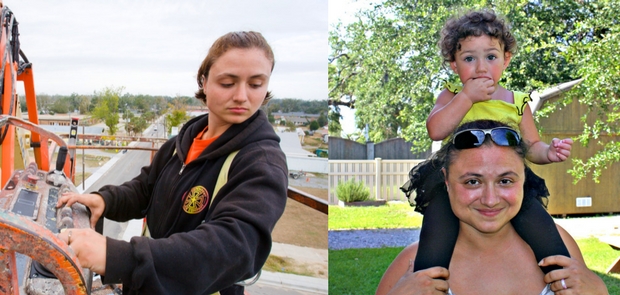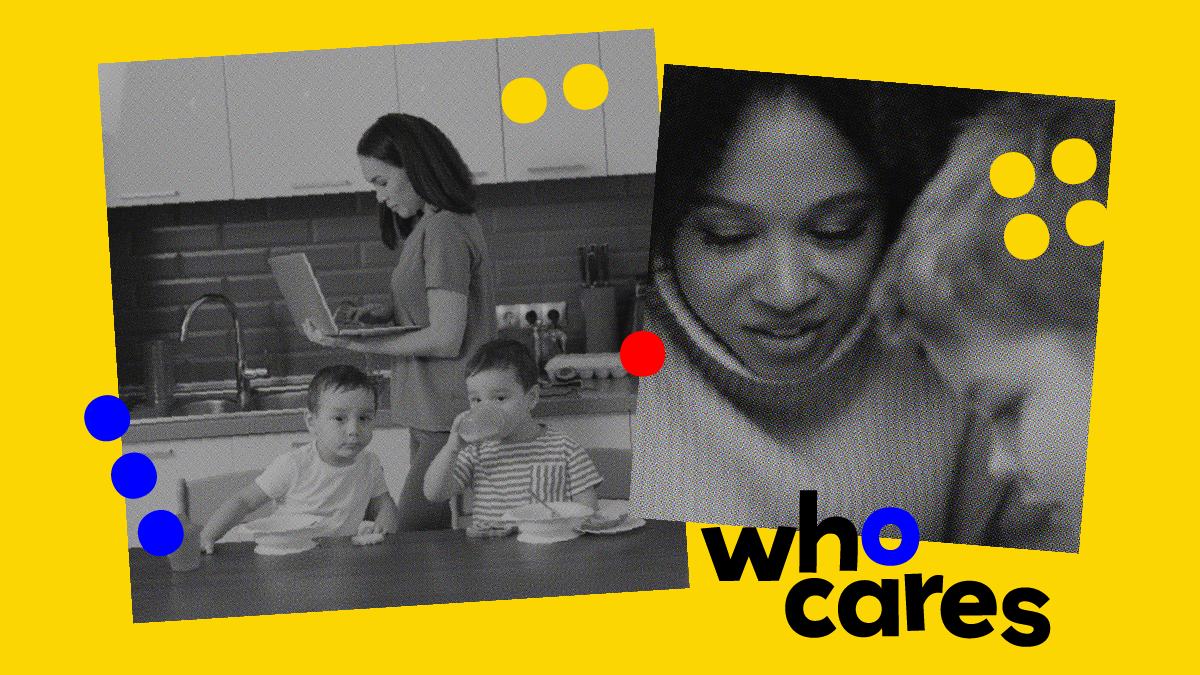The Child Care Funding Cliff Has Been Centuries in the Making

Even with four kids of her own, Merline A Gallegos takes money out of her paycheck every week to buy food and clothing for the children in her care whose families cannot afford it.
A home-based child care provider in New Mexico, Merline is more worried about what’s going to happen to these vulnerable members of her community, rather than her own livelihood, when billions of dollars of pandemic-era funding expire on September 30.
She will have to lay off her staff, who are already living paycheck to paycheck. Parents will be forced to pull their children out of care, or hemorrhage money paying for it. Low-income kids will lose access to high-quality education, holding them back and potentially trapping them in the vicious cycle of poverty.
What Merline understands (and what many lawmakers fail to) is that the story of child care in the United States today is one of thwarted potential—not only for child care providers, but for working parents, for children, and for our economy.
In nine days, when we reach the child care funding cliff, more than 70,000 child care programs like Merline’s are expected to close—potentially costing the sector 232,000 jobs and pushing an estimated 3.2 million children out of care.
So why, then, have lawmakers not rushed to give the child care sector the investment it needs?
We only need to look at the history of this country to understand:
At the end of the 18th century, the industrial revolution entrenched the now-familiar male breadwinner/female caregiver model of the household, as more men went to work outside the home, and child-rearing was generally regarded as a duty to be performed out of love, not for money.
That model, however, was only widely accessible to white women.
The legacy and patterns of Black women of course stand in contrast, with first a history of forced caregiving labor during slavery even as their own families were torn apart.
Later on, domestic service that women like my own grandmothers provided became one of the only occupations open to Black women and other women of color, and at least through the first half of the 20th century. Most white middle-class women could hire other women—largely women of color and/or a recent immigrant—to perform many of the more demanding household tasks, including caring for infants and children.
To this day, Black women make up 12 percent of child care workers and pre-K teachers, compared to 6 percent of workers in all sectors. Similarly, Latinas make up 21 percent, compared to 8 percent of workers in all sectors. While it’s indisputable that this work is essential, in 2021, child care workers made poverty wages in 40 states.
Let me be clear here: Our country’s child care sector is historically underpaid, underfunded—with some workers even excluded from the full protections provided in our labor and civil rights laws—because its burdens are borne by women of color.
This is not the only reason, of course. Child care has long been the work that most women do for no pay at all. It is the quintessential example of “women’s work”—work that has taken place not in an office or the marketplace, but behind the closed doors of the home; work that is invisible.
Until, perhaps, the pandemic, when the invisible, underpaid, and undervalued work largely borne by women across races came crashing down.
Congress was forced to recognize the work of paid caregivers as an economic imperative—key to both upholding our economy and reducing the costs that families were struggling to meet. They outlined a plan to invest in paid leave, elder care, and disability care; and they invested $50 billion of emergency funding into the child care sector, which states used in innovative ways to help improve wages, increase supply, reduce family costs, and more.
To protect this progress, and prevent millions of children from losing their child care, Congress must make an immediate investment of at least $16 billion in the child care sector before the pandemic-era funding expires on September 30.
This $16 billion, which is accounting for the $50 billion in emergency pandemic funding, is the minimum that is needed to prevent the child care sector from falling off a cliff after September 30. It’s not nearly enough to fix the child care system, but it is enough to avert a preventable crisis that will hurt women and children the most.
Rather than repeating the same mistakes, we can show Merline, and all women of color, that we see your work and we recognize its monumental worth.





